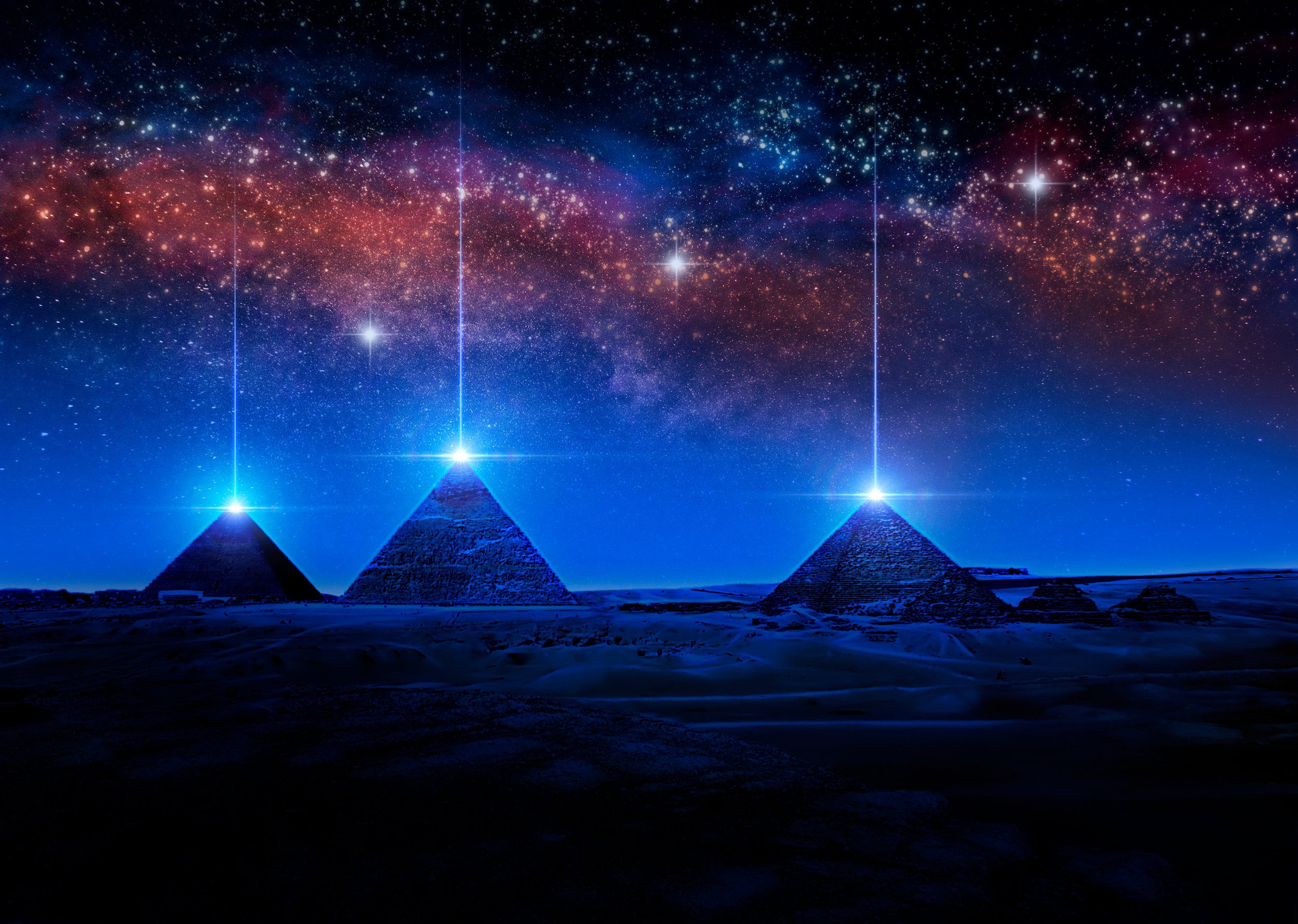
Under the Pyramids lies a great mystery - one that still shapes Archaeological myth today.
Under the Pyramids, published in 1924 as “Imprisoned with the Pharaohs,” is one of the main sources that can easily link Lovecraft & Archaeology together. This work is a longer short story that was written as if from the perspective of Harry Houdini, so there is already a tie to the “supernatural” in the form of the real-life magician inserted into Egypt.
Harry Houdini would be dead less than two years after this was published in 1926, but he would have been at the height of his popularity during the time that this was written and published, having become the president of the oldest magic company in America, Martinka & Co. in 1923 and would have his own evening show a year later in 1925. Houdini remains in some way connected to Lovecraft because of this work, as can be seen in the game, The Last Case of Benedict Fox, where he is portrayed as the father-like figure to the protagonist.

“Mystery Attracts Mystery.”
— HP Lovecraft, Under the Pyramids
The following is the story of Under the Pyramids, summarized with emphasis on the points made about Ancient Egypt. There are quotes included with commentary from my peer and I, the former of whom has a Ph.D. in Archaeology, and who is referred to in the audio as “Seren.”
The story goes as follows:
In the first act, Harry Houdini arrives in Egypt, talking about the strange events surrounding his life and what happened in Egypt nearly fourteen years before. He spends the rest of the time narrating what happened, supposedly, speaking about his speculations on what he had read about Egyptology recently.
“What I saw - or thought I saw - certainly did not take place; but is rather to be viewed as a result of my then recent readings in Egyptology.”
Despite wanting to travel anonymously, he gave himself away by attempting to best a fellow musician on a trip on the Nile, before making his way to Cairo, at which point he meets a tour guide who is a thinly veiled stereotype of a Middle-Eastern tourist guide and who becomes a much bigger danger later. Houdini spends the rest of this act being guided around Cairo by this man and visits the Great Pyramids as well.
“This man, a shaven, peculiarly hollow-voiced, and relatively cleanly fellow who looked like a Pharoah and called himself ‘Abdul Reis el Drogman.’”
In due course, and after Houdini is told various things about “Egyptian magic” by the tour guide, he is captured and taken away alone in what was to be a test of his own magic powers to escape. Houdini is carried deep into the Pyramids, tied and lowered deep into a shaft, before he passes out amidst horrors that he seems unsure were of his own making or not.
“Egypt, he reminded me, is very old; and full of inner mysteries and antique powers not even conceivable to the experts of today.”
Act II retells Houdini’s attempts at escape. He first recalls the dreams he had while still unconscious, many of which involve the horror of Egypt’s antiquity, and the temples, Pharaohs, and other Great Beings of the time. As he wakes, he is not much better off, being consumed by thoughts of the dead and the terror of what lay beneath the Pyramids. He continues to lament that he knew anything at all of Egyptology, and that all the people of Egypt thought of was death and the dead.
“God!... If only I had not read so much Egyptology before coming to this land which is the fountain of all darkness and terror.”
He continues to describe this, while attempting to free himself of his bonds, which he does eventually do. He stumbles around this tomb, with only a matchbox to light his way, remarking occasionally that Archaeologists must not even know of this place, he thinks he might be in the bowels of the earth now. He hears a cacophony of marching feet and voices, which he attempts not to look at, but which have shadows of abnormal bodies - such as half-men, half-animal bodies.
“I saw that this was no part of Khephren’s gateway temple which tourists know, and it struck me that this particular hall might be unknown even to archaeologists...”
Houdini sees this mass was led by King Khephren, who he believes is the tour guide that had been leading them earlier and who succeeded in kidnapping him, and that they were all throwing sacrifices to some Unknown One that was concealed. Houdini sees a brief glimpse of it on his way out, describing it as a five-headed monster, which was what the Great Sphinx had been carved to resemble, before he escapes up the stairs and out into the desert in a hazy fog.
“The Great Sphinx!... what huge and loathsome abnormality was the Sphinx originally carven to represent?”
He is clearly disturbed by this event, but he pushes the thoughts of the horrors down with one simple line:
But I survived, and I know it was only a dream.
You can listen to the full podcast this audio was taken from on Podbean by clicking here.
Next >>


